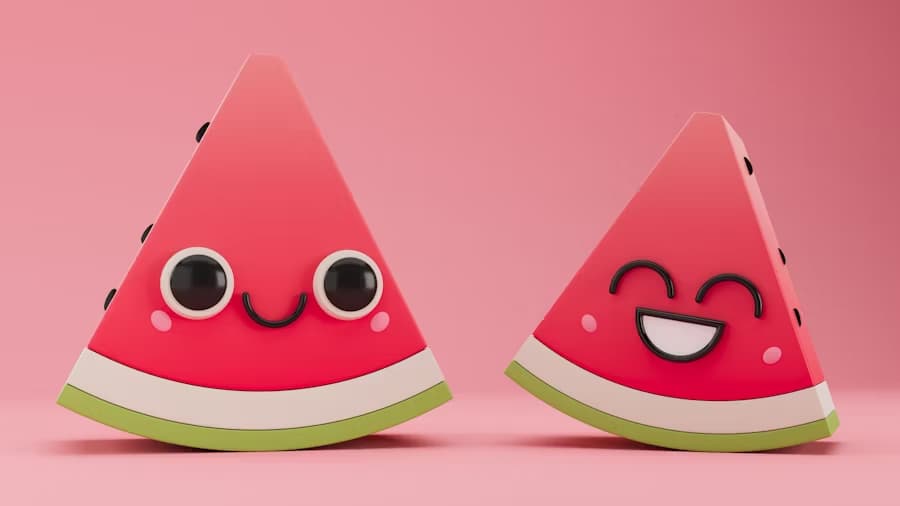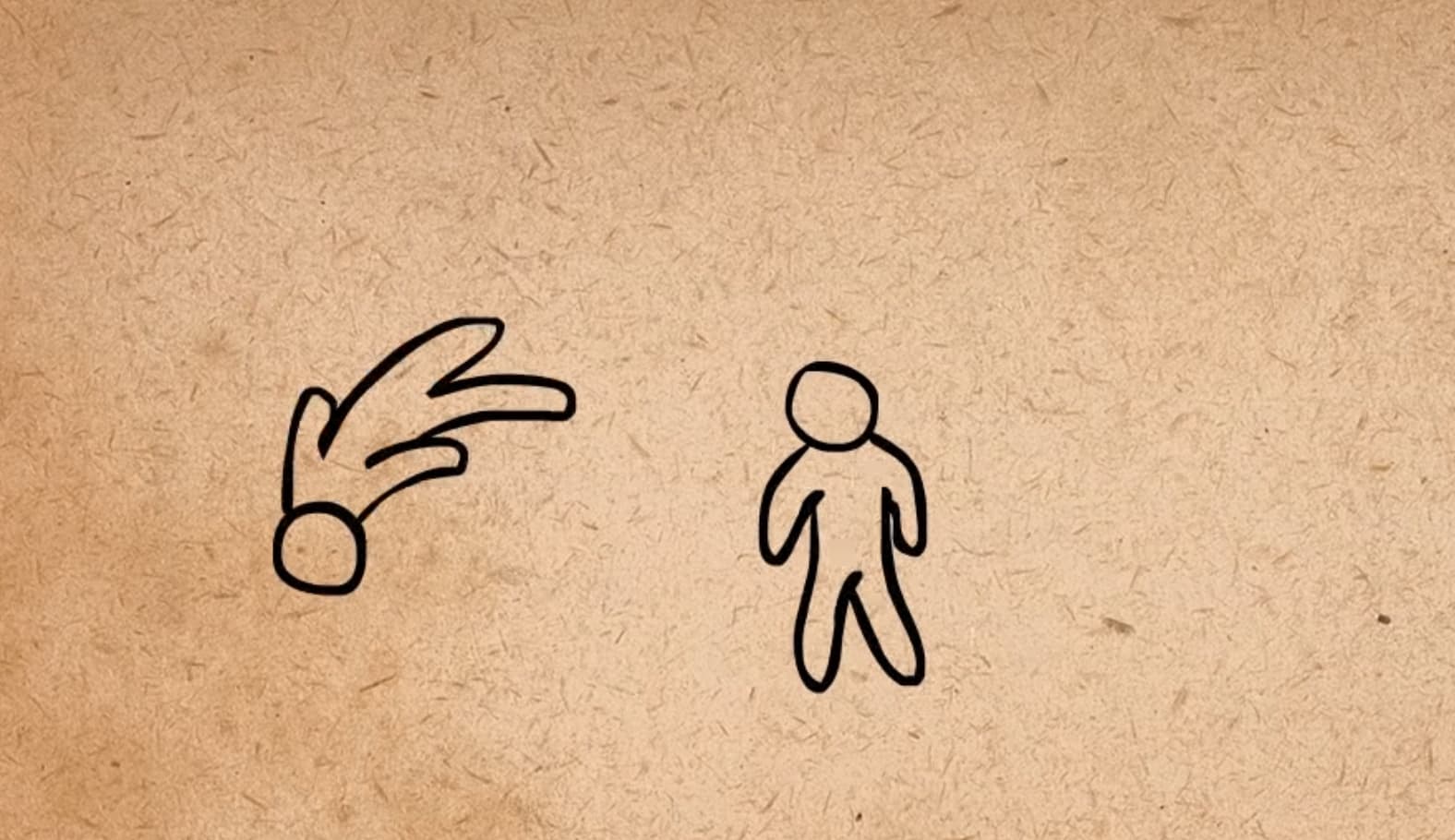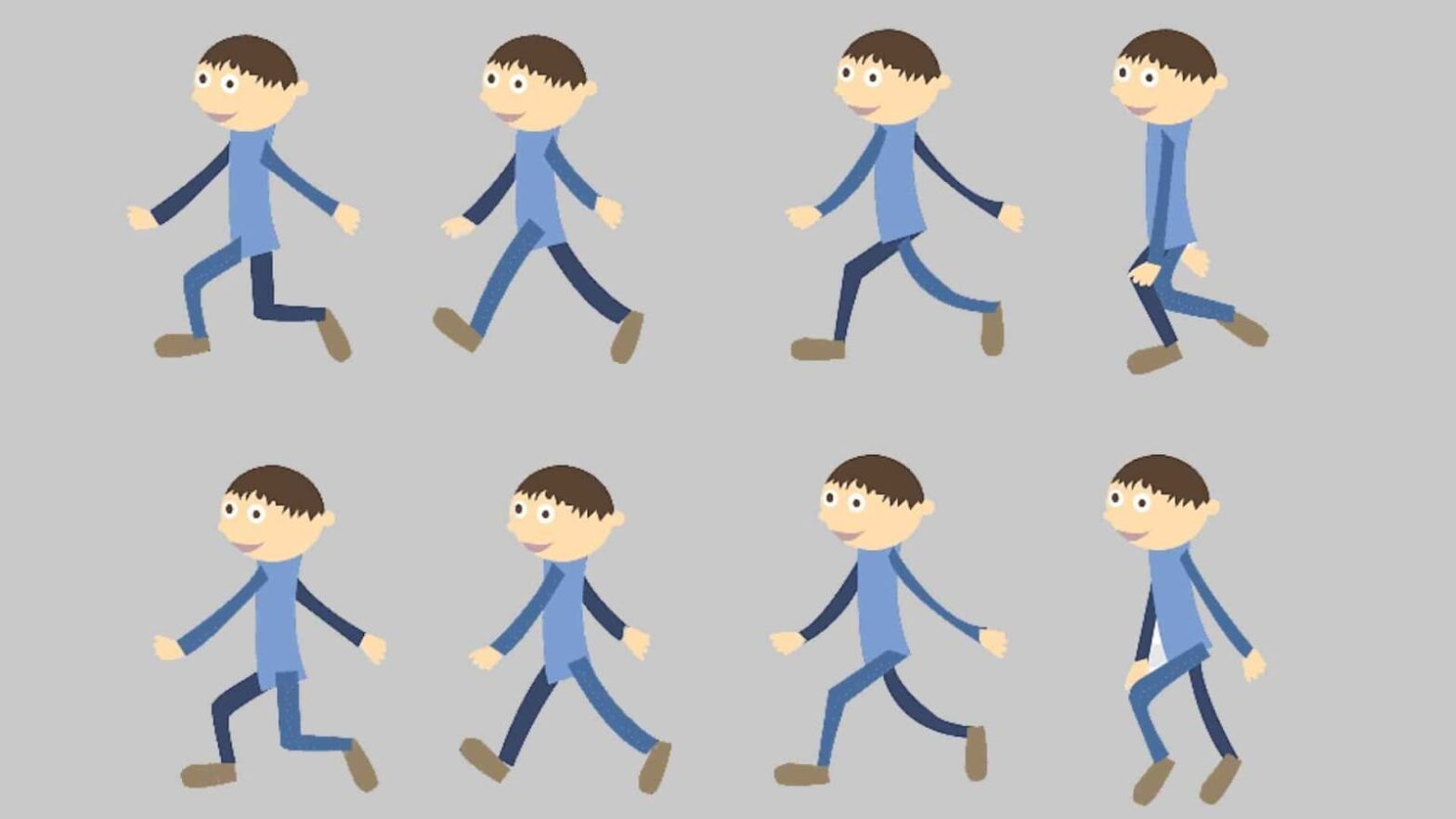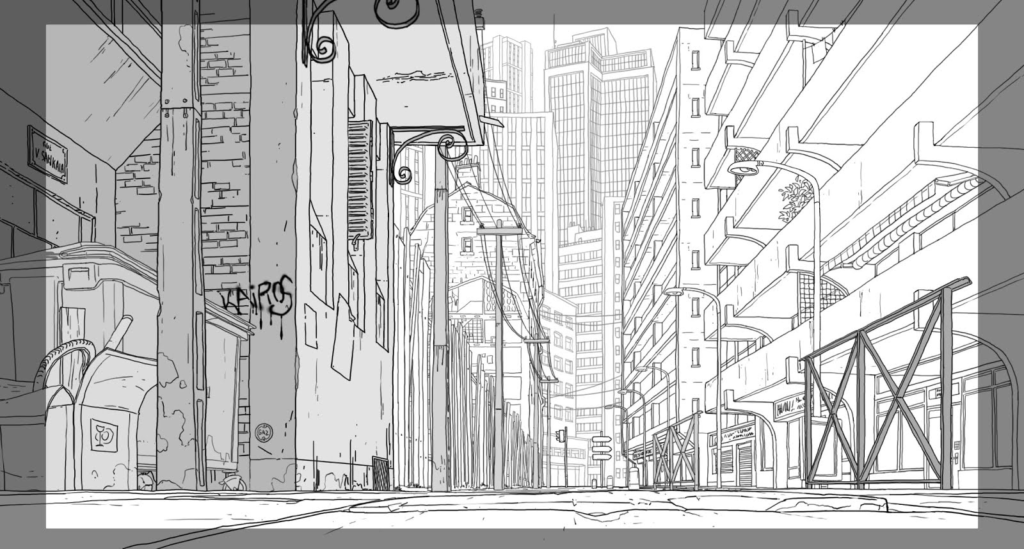Emotions in animation are not just an addition to the story, but a real soul that brings characters to life and makes them close to the viewer. It is emotions that allow us to laugh and cry with the characters, feel their pain and joy, fully immersed in the fictional world. From the first sketches to the final shots, it is the transmission of emotions that forms a deep connection between the screen and the audience. This article will explain how the language of emotion in animation is created from concept to realization and why it is so important.
Why emotion is the heart of animation
Animation has the unique ability to visualize the inner world of characters. Unlike live-action film, animators can exaggerate facial expressions, plasticity and even colors to convey the subtle nuances of experience to the viewer. In this way, each frame becomes a visual language of feelings, and the characters gain volume and personality.
- The expression of emotions helps the viewer to empathize: characters become not just drawings on the screen, but living beings with a rich inner world.
- The viewer better remembers characters with vivid emotions: remember how instantly Sadness from “Puzzle” or Porco Rosso from Miyazaki’s animations come to mind.
- Animation allows you to visualize abstract feelings: fears, hopes, and even such complex concepts as internal conflict.
Emotions are not a secondary element, but the driving force of the story. It is through emotions that the viewer understands the motivation of the characters and becomes involved in the story.
From idea to storyboard
The process of creating emotional expression begins long before the frames are drawn. At the script and storyboard stage, the foundation for emotional language is laid. Concept artists and directors discuss important questions:
- What key emotions will define the character’s personality?
- How can the visual style reflect his inner world?
- Which scenes will require maximum emotional intensity?
The storyboard helps to set the rhythm of the narrative and define visual accents. Close-ups of characters’ faces enhance emotional perception, and changing camera angles can convey tension or, on the contrary, relief. It is important that the emotions in the storyboard are “read” even without text and sound – this is a sign that body language and facial expressions are already working.
Mimicry and gestures: the basis of expressiveness
Expressive character movement is a science. Modern motion capture technology (motion capture) allows animators to work with micro-movements of the face and body, conveying emotions with maximum accuracy. However, even traditional frame-by-frame animation can create incredibly vivid images, if the artist understands the anatomy of emotions.
- Eyebrows and eyes are the most important tools for conveying mood. A slight raise of the eyebrows can express surprise, while narrowed eyes can express anger or suspicion.
- Body posture – shows strength or vulnerability. A hunched back and slumped shoulders are immediately associated with sadness or fear.
- The pace and amplitude of movement emphasize emotional intensity. Sharp, fast movements indicate anxiety or anger, and smooth movements indicate calmness.
Animation allows you to exaggerate these elements, making emotions more obvious and accessible to even the youngest viewers.
Color and music as perceptual enhancers
Color palettes and sound are powerful tools that work on a subconscious level. The artists carefully select shades for each scene to evoke the right feelings.
- Warm colors (red, orange, yellow) create an atmosphere of joy, energy and passion. They are often used in scenes where characters are experiencing love, enthusiasm or anticipation of happiness, increasing the emotional involvement of the viewer.
- Cold shades (blue, gray, violet) enhance feelings of loneliness, sadness, or danger. These colors help to convey the tragedy of the moment or the tension of events, making the audience empathize with the characters on a deeper level.
- Contrasting color schemes help to highlight characters in the background and emphasize emotional outbursts. This technique emphasizes key details, creating memorable and dramatic scenes.
Musical accompaniment plays an equally important role. Melodies can intensify emotions, create tension or, on the contrary, relieve it. Even silence at the right moment can have a powerful effect, making the viewer hold their breath.

Case studies and examples from animation
Animation can tell about feelings not only with words, but also with images, colors and movements. The best works in this field show how to create a deep emotional response in the viewer through the nuances of facial expressions, gestures and visual language. Here are a few striking examples where emotion has become a central element of the narrative:
- “Puzzle” (Inside Out) In this movie, emotions themselves become characters, each of whom embodies a specific feeling: Joy, Sadness, Fear and others. Their design, color palette and movements perfectly reflect the characters and help the viewer to instantly read their emotional states.
- Studio Ghibli Animation Hayao Miyazaki’s work is known for its subtlety in conveying emotion. Characters rarely shout or make sudden gestures, but even a slight glance or sigh conveys a rich palette of emotions. In The Wind Rises, a small movement of the hand or a glance over the shoulder tells a whole story of love and loss.
Innovation and the future of animated emotions
Modern animation actively uses artificial intelligence to create realistic emotions. Neural networks help animators to bring characters to life faster and more accurately by analyzing facial expressions, gestures and even voice intonations. This is especially important in games and VR projects, where the viewer not only observes the emotions of the characters, but can also influence them with their actions.
In virtual reality, a person is no longer a passive spectator, but a participant in the story. Interactive scenarios allow you to choose how characters react to events, creating a unique emotional experience. For example, the same character can show restraint or anger depending on the user’s choice, changing the atmosphere of the entire story.
In the future, animation will become even more personalized. Biometric technology will be able to match the emotions of characters to the viewer’s reaction – their heart rate, eye movements or facial expressions. This will usher in a new era of interaction, where the emotions on the screen will reflect our own.



